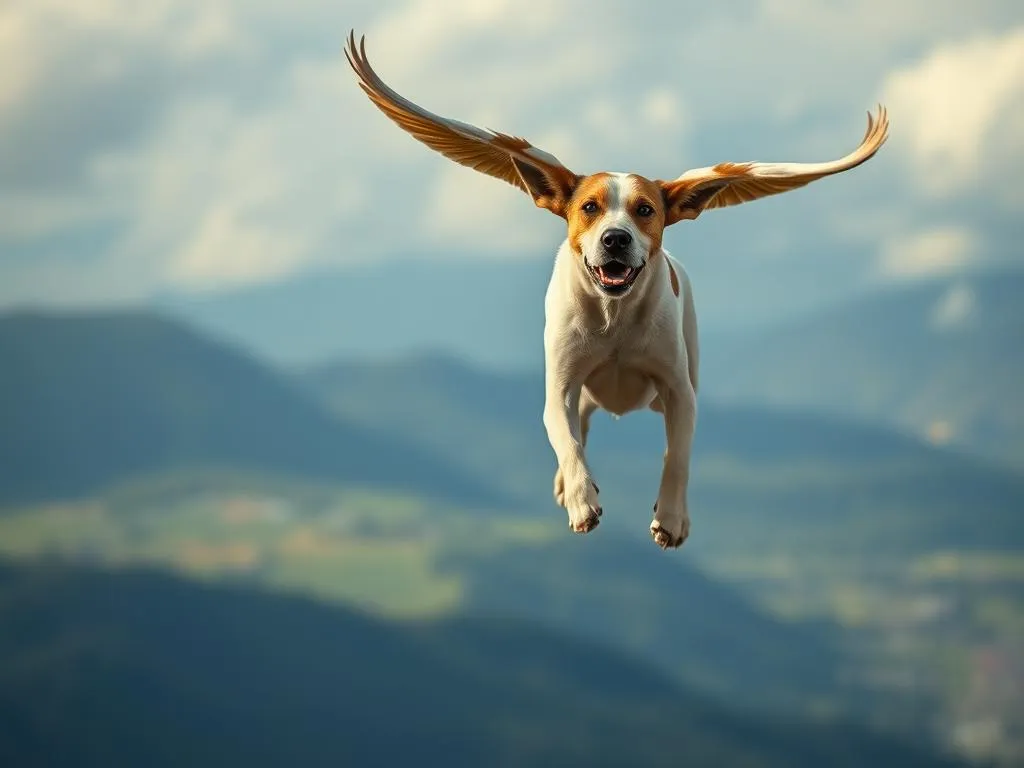
Traveling with your furry friend can be one of the most rewarding experiences, especially if your dog is a large breed. However, flying with a large dog presents unique challenges that require thoughtful preparation. With the growing trend of pet travel, understanding the ins and outs of airline policies, health requirements, and travel logistics can make your journey smoother and more enjoyable.
Understanding Airline Policies
Before you embark on your journey, it’s essential to familiarize yourself with the airline’s pet travel policies. Each airline has different regulations regarding flying with a large dog, and knowing these can save you from unexpected hassles.
Overview of Pet Travel Policies
When it comes to air travel, pets can either travel in-cabin or as cargo. Unfortunately, most airlines only allow small dogs to fly in the cabin, typically those that weigh under 20 pounds. For larger breeds, cargo is usually the only option. This can be stressful for both you and your pet, as cargo travel can sometimes be less than ideal.
Major Airlines’ Pet Policies
Here’s a quick summary of the pet travel policies from some popular airlines:
-
Delta Airlines: Allows dogs in-cabin if they are under 15 pounds. Larger dogs must travel in cargo, and a health certificate is required.
-
American Airlines: Similar to Delta, only dogs under 20 pounds can fly in-cabin. Cargo travel requires advanced booking and health documentation.
-
Southwest Airlines: Currently does not allow pets in cargo, so only small dogs can travel in-cabin. This makes it crucial for large dog owners to check alternative airlines.
Booking Considerations
When planning your trip, consider booking your flight well in advance. Availability for large dogs in cargo can fill up quickly, especially during peak travel seasons like summer and holidays. Additionally, some airlines only allow a limited number of pets per flight, so securing your spot early is vital.
Preparing Your Large Dog for Travel
Preparation is key to ensuring a safe and comfortable journey for your large dog.
Health Check and Vaccination Requirements
Before flying, schedule a check-up with your veterinarian. Ensure that your dog is in good health and fit for travel. Most airlines require a health certificate issued within a specific time frame before travel, usually 10 days. Additionally, verify that your dog is up-to-date on vaccinations, as some destinations may have specific requirements.
Crate Training and Familiarization
A properly sized crate is essential for your dog’s comfort during the flight. Invest in a sturdy crate that complies with airline regulations. Start crate training weeks before your flight, allowing your dog to explore and feel comfortable in their crate. Use positive reinforcement to create a positive association with the crate, making it a safe space for them.
Behavioral Preparation
Travel can be stressful for dogs, especially in unfamiliar environments. Consider desensitizing your dog to the travel experience by taking them on shorter trips. Practice leaving them in the crate for short periods to help them adapt. Additionally, training commands like “stay” and “calm” can help manage anxiety during the journey.
Packing for Your Dog
When flying with a large dog, packing the right gear is essential to ensure their comfort and well-being during travel.
Essential Travel Gear
Here’s a list of necessary items to pack for your dog:
-
Food: Bring enough food for the duration of your trip. Opt for travel-friendly options like resealable bags or pre-portioned meals.
-
Water: Hydration is crucial, so pack a portable water bottle or bowl.
-
Leash: A sturdy leash is a must for airport navigation and outdoor breaks.
-
Waste Bags: Be prepared for bathroom breaks by packing waste bags.
Comfort Items
Familiar items can make a significant difference in your dog’s comfort. Bring along their favorite toy or blanket to help soothe them during the flight. Additionally, consider placing a piece of your clothing in the crate to provide a sense of familiarity.
Documentation and ID
Ensure your dog is wearing an ID tag with up-to-date contact information. Microchipping your pet is also a wise decision, as it provides an additional layer of security. Don’t forget to pack your dog’s health records and any required travel paperwork, such as vaccination records.
The Day of Travel
The day of travel can be hectic, so having a plan in place will help streamline the process.
Pre-Flight Checklist
Create a checklist to ensure you don’t forget anything essential. Include items like food, water, leash, waste bags, health certificates, and comfort items. Use this checklist to double-check your luggage before heading to the airport.
Arriving at the Airport
Upon arrival at the airport, check in with the airline to confirm your dog’s travel arrangements. Make sure to arrive early, as check-in procedures for pets can take time. When navigating security, you may need to remove your dog from their crate for screening, so be prepared for this step.
During the Flight
If your dog is traveling in cargo, you won’t be able to monitor them during the flight, but you can take steps to ensure their comfort. Make sure the crate is well-ventilated and secure. Consider adding a familiar blanket or toy to soothe them. If your dog is flying in-cabin, keep them calm by providing gentle reassurance and engaging them with toys or treats during the journey.
Arriving at Your Destination
Once you land, there are a few important considerations to ensure a smooth transition for your dog.
Post-Flight Procedures
If your dog has traveled in cargo, head to the designated area to retrieve them. Stay calm and speak softly to your dog to help them adjust after the flight. If your dog was in-cabin, ensure they are comfortable before disembarking.
Settling In
Helping your dog adjust to a new environment is crucial. Take them for a walk to explore the new surroundings and let them relieve themselves. Set up a comfortable space with their bedding and toys to help them feel at home. If you’re staying in a pet-friendly accommodation, familiarize your dog with the new space gradually.
Emergency Contacts
Before arriving, research local veterinarians and pet services in case of emergencies. Having a list of nearby animal hospitals can provide peace of mind during your travels.
Common Challenges and How to Overcome Them
Despite careful planning, challenges may arise when flying with a large dog. Here are some common issues and solutions.
Anxiety and Stress Management
Many dogs experience anxiety during travel. To help your dog cope, consider using calming aids, such as anxiety vests or pheromone sprays. Consult with your veterinarian about anxiety medications if your dog has a history of severe stress during travel.
Health Concerns During Travel
Keep an eye out for signs of distress in your dog, such as excessive panting, whining, or restlessness. If you’re concerned about your dog’s health during the flight, consult your veterinarian for advice on how to manage these situations.
Unexpected Situations
Travel disruptions can happen, from flight delays to cancellations. Stay calm and patient, as your dog will pick up on your emotions. If there’s a delay, find a quiet place to sit with your dog and provide reassurance. Keep them hydrated and take breaks for bathroom needs.
Conclusion
In summary, flying with a large dog can be a rewarding experience with the right preparation and knowledge. From understanding airline policies to managing your dog’s comfort during travel, being well-informed will help you navigate the journey smoothly. Remember that the joy of traveling with your furry companion often outweighs the challenges. Embrace the experience and enjoy the adventure that awaits you both!









